The entrance and the first glimpse of the ruins of the sun temple built around 1250 AD under king Narsimha with a tinge of morning mist was breath-taking.
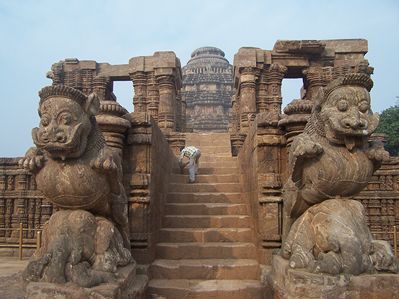
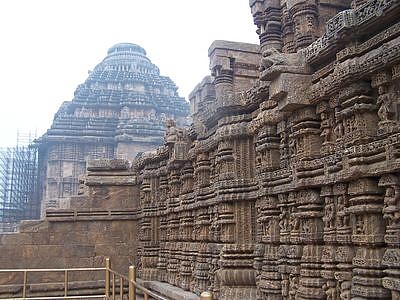
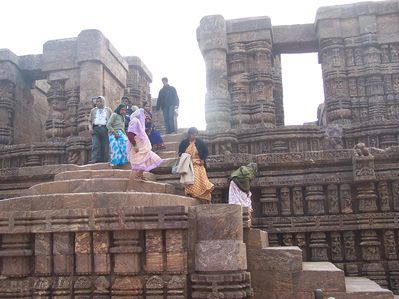
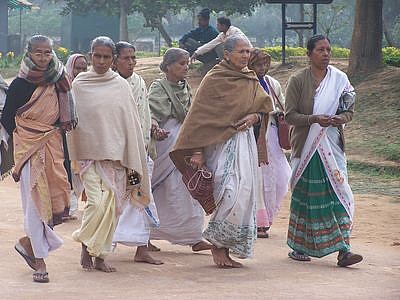
While the beautiful statues at the initial part of the Konark temple are innocuous enough, the main temple building does not leave much doubts about its sexual component with huge erotic sculptures built high up from the ground, around what was the main entrance to the temple. Only if you look carefully you will see a number of smaller erotic sculptures around the big ones.
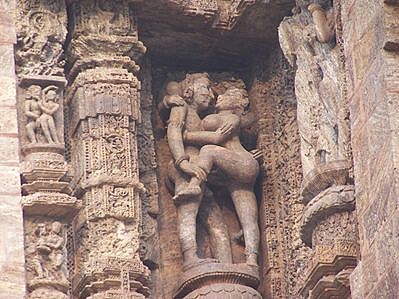
The sidewalls of the temple has smaller statues at eye level, organised in three panels. Most of the lower panels and middle panels do not have erotic sculptures and have more innocuous gods, mythical animals and other figures. Erotic sculptures are mainly in the third level of panels. Dr Mani says that this was done in a way so that children coming to the temple will mainly see non erotic sculptures.
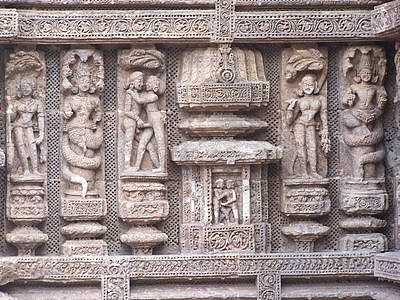
The sculptures are very explicit, depicting graphically the different ways of sexual enjoyment. There is oral sex including "69", there are old looking men and women, there are younger looking men and women, mostly couples but sometimes three figures (one man and two women) are also there together looking for orgasm.
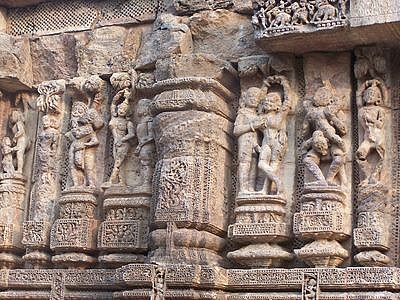
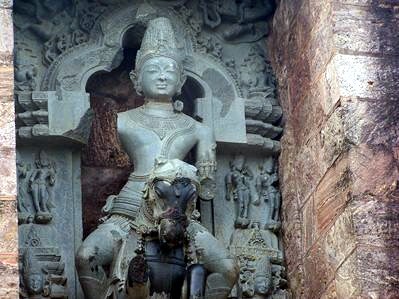
The whole temple is made like a chariot with twelve wheels, symbolising the twelve months of the year, pulled by seven horses, representing the seven days of the week. The wheels, the statues, the carvings, the architecture, everything is exquisite.
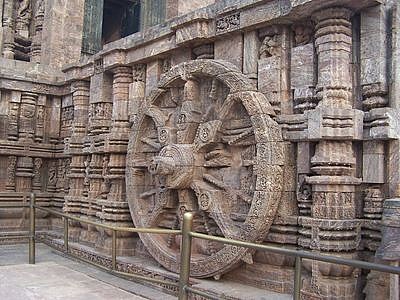
Thinking about the sense of shame usually associated with anything to do with sex, I was wondering about the impact of these erotic statues on the common pilgrims and school students. However, my impression was that barring a few men, who did look towards these panels from a distance, most of the pilgrims kept their heads down and took only fleeting glimpses of the erotic sculptures.
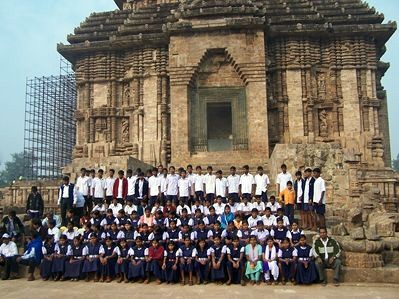
Why did those thirteenth century persons make these erotic sculptures in their temples?
***













